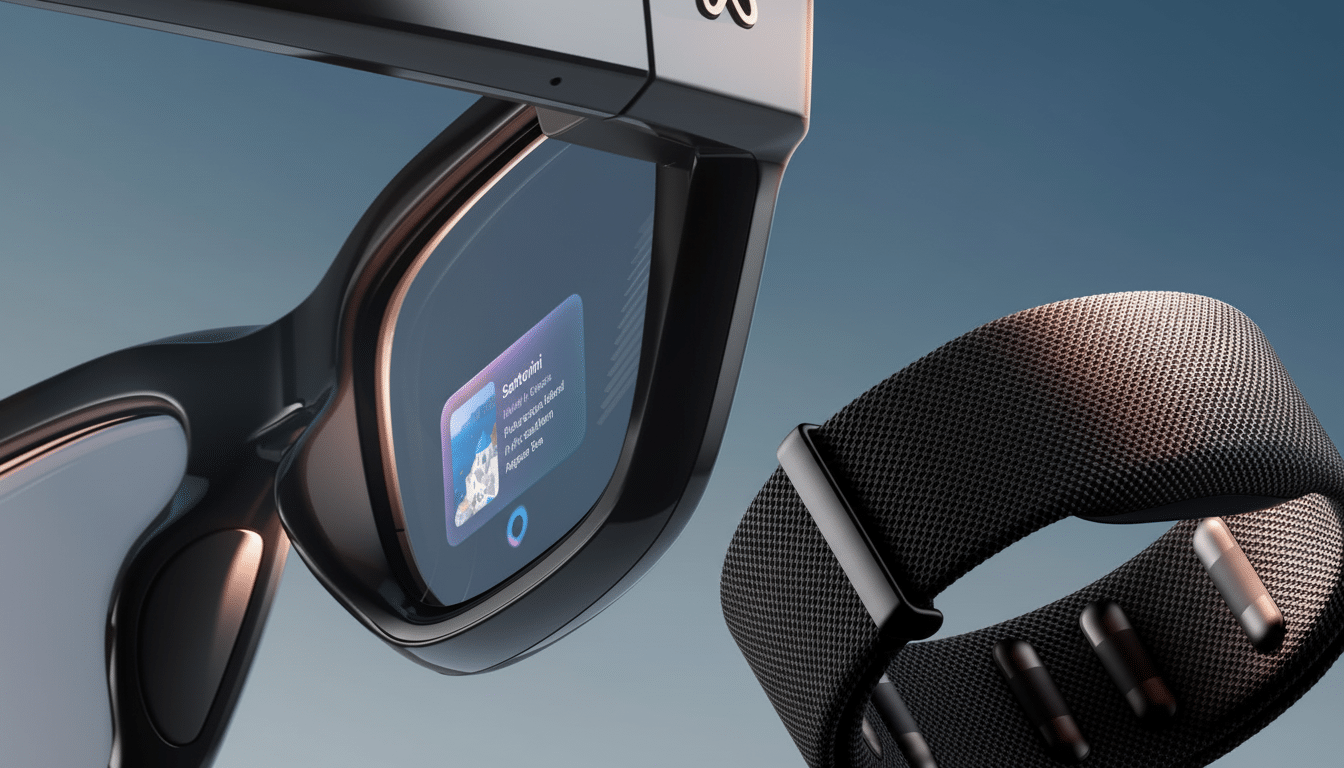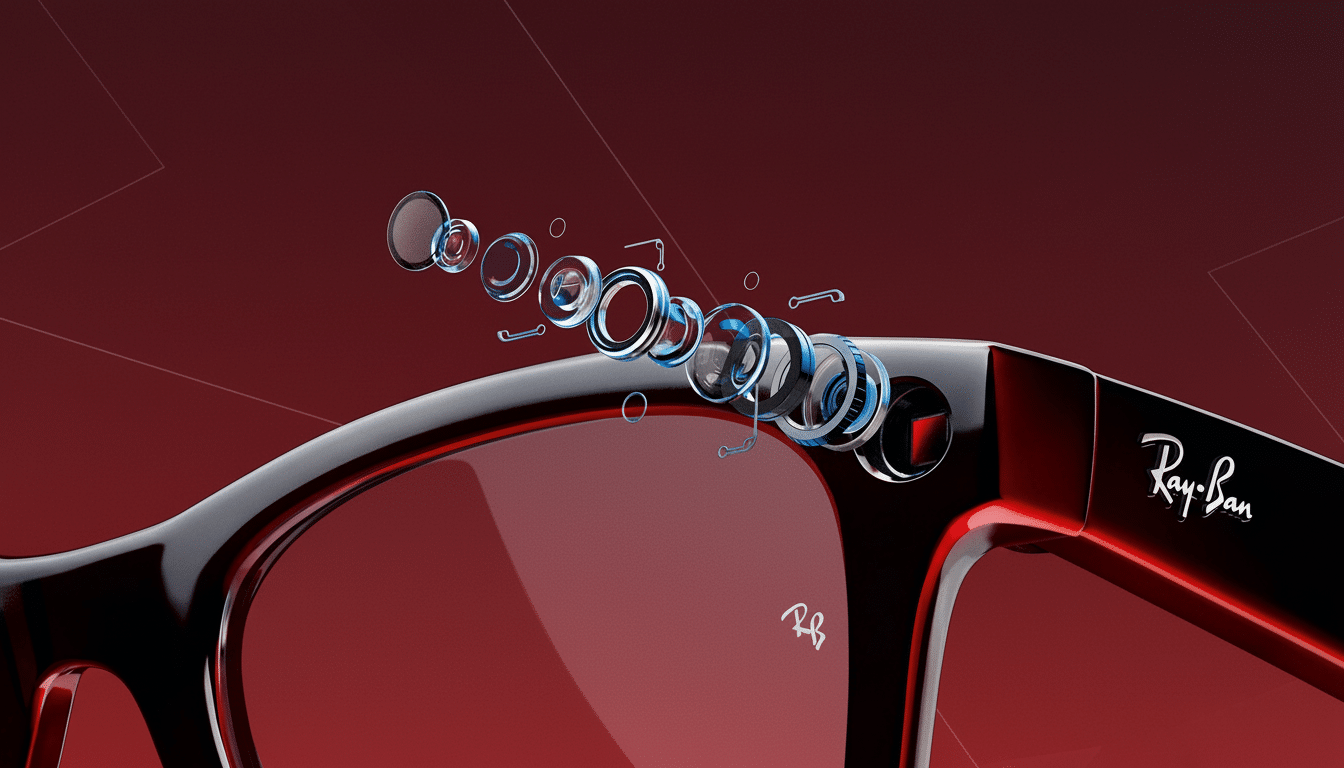I tested both generations of Meta Ray-Ban smart glasses in the course of everyday life and creator work — everything from biking commutes to shooting quick how-tos. If you’re comparing the new model to the older pair, whether or not to upgrade just depends on camera quality, battery life and how much you’ll rely on Meta’s newer AI features — not stunting style.
What’s Actually New in Meta Ray-Bans and Why It Matters
The headline feature on the new-generation Meta Ray-Bans is video capture. The move to 3K resolution results in significantly less noisy clips, especially in more textured scenes like city streets or foliage. In my tests, that extra headroom made cropping and reframing more forgiving without footage turning mushy. It still films in a 4:3 aspect ratio, which is great for vertical platforms but less than ideal for widescreen edits.
- What’s Actually New in Meta Ray-Bans and Why It Matters
- Battery Life and Charging Case Reality for Daily Use
- Design Fit and Lens Options Across Both Generations
- Camera Privacy and Everyday Use Considerations and Tips
- AI and Software: Where Both Meta Ray-Ban Models Stand
- Price, Value, and Likely Deals on New and Older Models
- Who Should (or Shouldn’t) Buy Each Meta Ray-Ban Model
- Bottom Line: Which Meta Ray-Ban Model Is Right for You

Audio pickup continues to be catered by a five-microphone array, with sound capture enjoying refinements in processing. The wind suppression is also slightly more effective than the older pair when you’re on the move outdoors, which comes in handy if you use them for walking or biking while narrating. I found the out-of-camera sound fine for fast post to Instagram or Reels, good enough that it doesn’t even really require extensive clean-up.
Battery Life and Charging Case Reality for Daily Use
Battery is the other big swing. The new model is rated for up to eight hours of audio streaming per charge; the earlier pair lasted about four hours. Partaking in a mix of short video bursts, photos, voice prompts and tunes, I consistently got through a full workday with the newer glasses while the older set was calling it quits by midafternoon.
Case capacity increases too, providing up to 48 hours of top-ups compared to the previous 32 hours. That’s practical: You can go for a long weekend without needing to scrounge for an outlet. If your pain point is endurance, the newer model fixes it.
Design Fit and Lens Options Across Both Generations
Both generations are available in Wayfarer, Headliner and Skyler frames that come with tinted, clear or Transitions lenses, and both are compatible with prescription lenses through the Ray-Ban network. Weight and balance are about the same; the arms are still a bit thicker than your average pair of sunglasses but apply pressure equally. The frames are also splash resistant and have been fine in both light rain and the sweat of workouts.
Comfort: I feel comfortable wearing the Headliner all day, with one exception: if your nose bridge is small, the fit of the Headliner might be a bit tighter than Wayfarer. If you’ll use them for workouts, put the frames on in person for a test-drive — fit prevails over features when glasses are bouncing off your face during runs.
Camera Privacy and Everyday Use Considerations and Tips
Each model includes a front LED light for recording flash and unique shutter sounds. Social acceptance is still highly contextual; I had no trouble filming speedy clips outdoors, but steered clear of shooting in crowded indoor spaces. For hands-off recording — cooking, repairs, cycling — the convenience is unmatched by taking out a phone.
(Creators will also appreciate that the higher-resolution model actually handles stabilization crops well in post.) For fast social edits, I could crop 10 to 15 percent of the frame on the newer pair without noticeable quality loss, which was more than a challenge for the older glasses.

AI and Software: Where Both Meta Ray-Ban Models Stand
Meta is adding more on-device and cloud-assisted intelligence throughout the lineup. Pro features spotlighted during the Meta Connect keynote — like Conversation Focus, to isolate the speaker you’re facing, and multimodal “Live AI” that can interpret your surroundings and objectives — are purportedly set to go wide (not just on the latest hardware). That’s important: if you’re mostly interested in AI helpers, the older pair still gets you into much of the same evolving software story.
Both versions also offer voice control for media, messages and navigation. Like any AI feature set, availability may depend on where you are and whether you have access to an account, but rounding out the basics in my day-to-day use seemed nicely ported over.
Price, Value, and Likely Deals on New and Older Models
The new Meta Ray-Bans, which are already being sold on the site, start at around $379, compared with an original list price of $299 for the earlier model. The older generation is still available, and often dips into the mid-$200s when on sale or through official refurbished channels. If you’re tight on budget and willing to sacrifice 3K video or all-day battery, it pays real dividends.
Market researchers at IDC have seen continuous momentum in wearables, from audio to camera-first glasses, and Meta’s collaboration with Luxottica keeps the catalog feeling fresh thanks to colorways and seasonal drops. Translation: previous models tend to get discounted when new finishes come in.
Who Should (or Shouldn’t) Buy Each Meta Ray-Ban Model
Opt for the newer Meta Ray-Bans if you’re obsessed with getting the best video possible (from your face’s perspective), you’ll frequently record in dynamic settings, or you want a battery that will last a full day comfortably without needing to babysit the case.
Choose the earlier Meta Ray-Bans if you’re mostly going to use them as headphones with benefits, occasional bite-sized clips for your posts on social networks and the lowest cost of entry into Meta’s AI and hands-free capture. You’ll still see the same frames, lens options and core voice experience.
Bottom Line: Which Meta Ray-Ban Model Is Right for You
For quality of video and battery life alone, the Meta Ray-Bans are worth that price. If all you’re after is sharp, stylish glasses that manage calls, music and some quick POV clips — and tether ever more deeply into Meta’s growing AI superbrain for answers to imponderables like which way to the nearest ramen shack — save yourself the dough and buy the older model. Either way, you’re purchasing the most refined take on camera-and-audio smart glasses available today.

